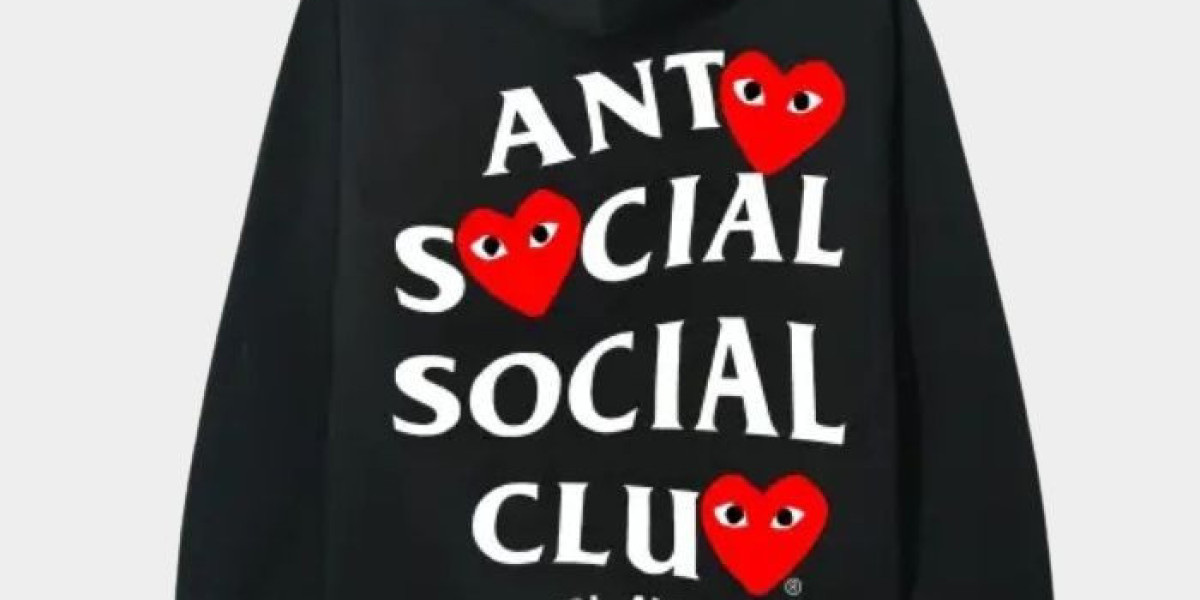In the early ’70s, when fashion still bowed to polished silhouettes and conventional beauty, Rei Kawakubo stepped onto the scene and tore it all apart. She wasn’t trained as a designer. She wasn’t chasing trends. She was building a world — one stitched from rebellion, discomfort, and raw emotion. When Comme des Garcons launched in Tokyo, it didn’t whisper; it roared. Kawakubo’s vision was unfiltered — oversized cuts, distressed fabrics, dark palettes — everything the glossy magazines rejected. Yet that rejection became the heartbeat of something new. A movement.
The Name That Defied Convention
Translated, Comme des Garçons means “like boys.” But it’s more than just a name — it’s a statement. It challenges gender norms, mocks conformity, and pushes the idea that clothing isn’t just fabric, it’s identity. Kawakubo once said she designs “clothes for the person who is not swayed by opinion.” The name itself carries that same energy — a refusal to fit neatly into boxes. It’s poetic irony turned into a global fashion house.
Breaking Beauty Standards, One Stitch at a Time
Where others saw perfection as the goal, Kawakubo saw it as the enemy. Her collections often feature asymmetry, deconstruction, and silhouettes that distort the human form. She strips away prettiness and replaces it with honesty — clothing that makes you feel something. To some, it’s unsettling. To others, it’s pure genius. Comme des Garçons doesn’t want to make you look beautiful in a traditional sense; it wants to make you think.
The Power of the Avant-Garde
Runways have always been a stage for fantasy, but Comme des Garçons turned them into performance art. Models walk not to display trends, but to tell stories — haunting, abstract, sometimes chaotic stories. One season it’s sculptural foam bodies; another, shredded tulle that looks like it survived a storm. Kawakubo uses fashion as language, expressing ideas that words can’t capture. That’s the true avant-garde spirit — to provoke, confuse, inspire, and awaken.
The Cult of Comme
Despite its unconventional roots, Comme des Garçons became more than a niche label. It evolved into a cultural phenomenon. The fans aren’t just customers; they’re disciples of a mindset. You’ll see CDG hoodie hearts on hoodies and sneakers across New York, London, and Tokyo — proof that rebellion sells, but only when it’s real. Kawakubo’s empire grew without ever diluting its soul. That balance between exclusivity and accessibility? That’s rare air in fashion.
Collaborations That Shook the Industry
Who would’ve guessed that a brand rooted in high-concept art fashion would link up with Nike or Supreme? Yet those collaborations flipped the game. Comme des Garçons brought its cerebral edge to streetwear, proving that intellect and hype can coexist. The CDG x Converse sneakers, the polka-dot hearts, the playfully minimal designs — they turned avant-garde into everyday wear. That’s Kawakubo’s quiet genius: merging the philosophical with the wearable.
The Legacy That Refuses to Settle
Even now, decades after redefining what fashion could be, Comme des Garçons remains untamed. It’s never static, never predictable. Every collection feels like a new conversation — between the designer, the audience, and the culture itself. Its influence ripples through brands like Vetements, Rick Owens, and even the new wave of streetwear labels that thrive on disruption. Kawakubo once said, “The only way of doing something new is not to set out to design something new, but to set out to design something.” That’s the paradox of Comme des Garçons — it’s chaos turned to beauty, mystery turned to art.



